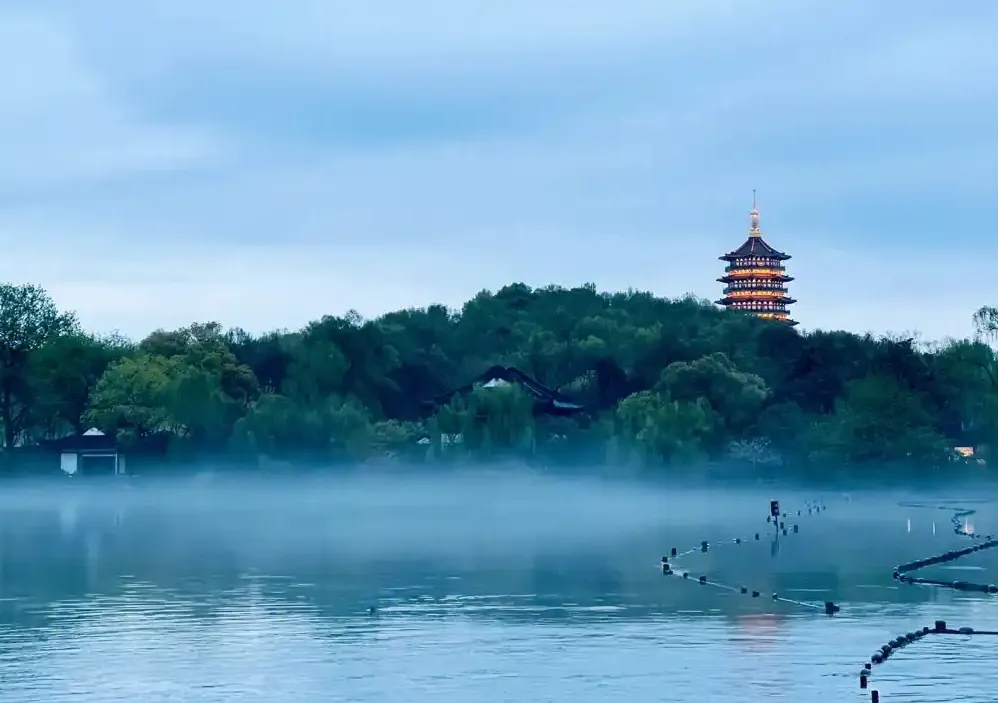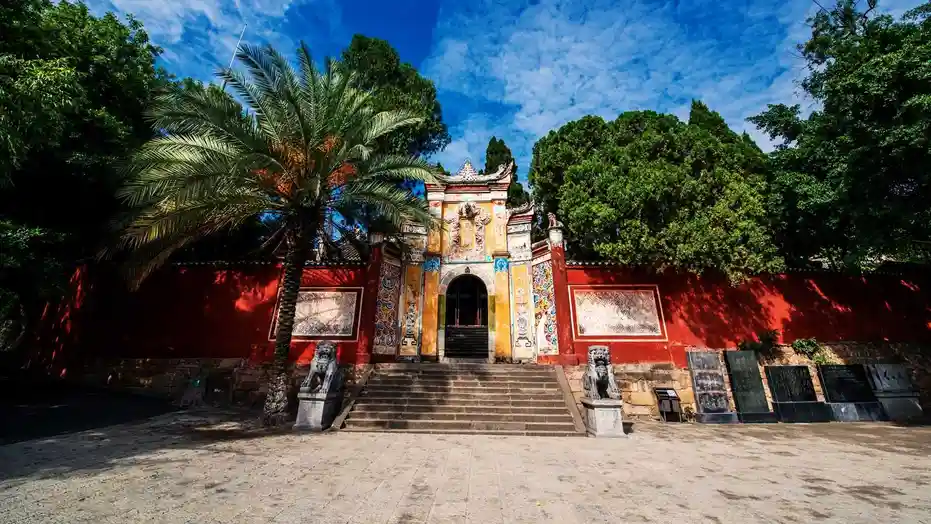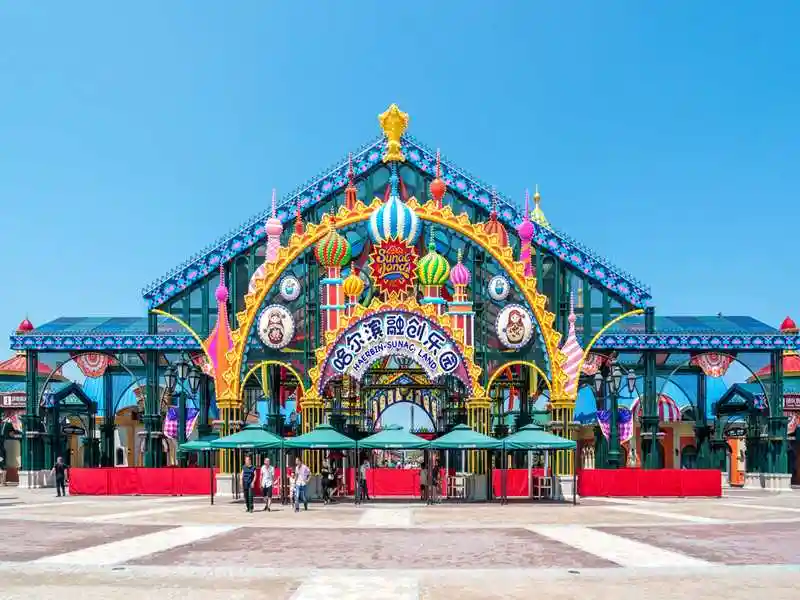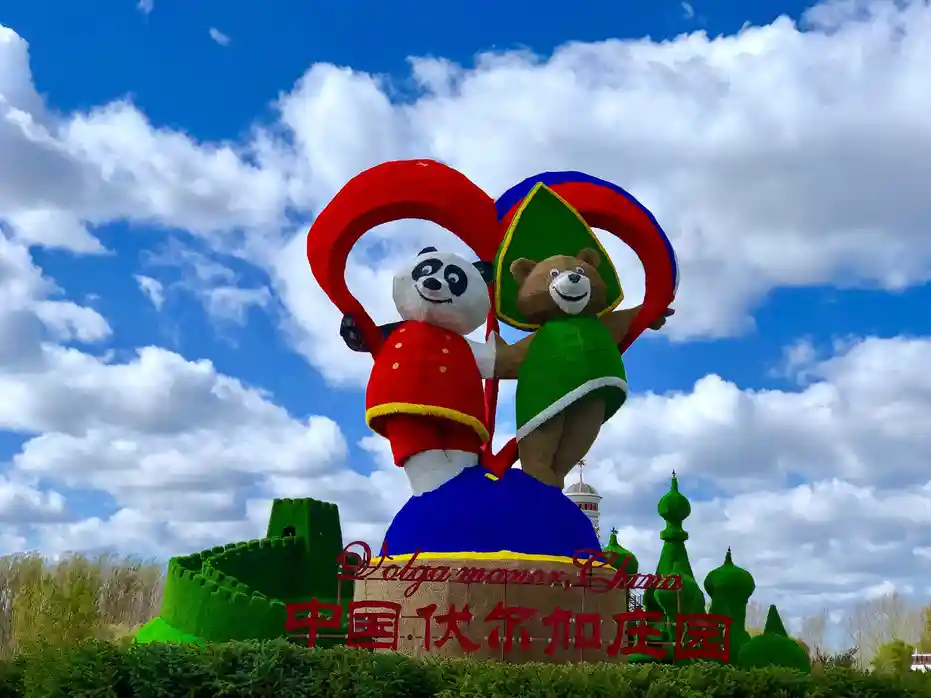Discover the Magic of One of China’s Most Iconic Landscapes
West Lake, Few places in China capture the soul of natural beauty and cultural heritage like Hangzhou’s most famous landmark. This UNESCO World Heritage Site has inspired poets, artists, and travelers for over a thousand years. Nestled in the heart of Zhejiang Province, the area is celebrated for its serene waters, willow-lined paths, and timeless temples.
This travel guide will help you plan the perfect visit. We’ll cover the best times to go, what to see, and practical tips to make the most of your experience. Whether you’re a first-time visitor or returning for another look, this destination offers something for everyone.
From cherry blossoms in spring to misty mornings in autumn, every season paints a new picture. Walking along the causeways or cruising on a paddle boat, you’ll understand why this place has been revered for centuries. Let’s dive into what makes this destination a must-see.
Why West Lake Captivates Travelers Year-Round
The allure of West Lake lies in its harmony of nature and human craftsmanship. The lake spans about 6.5 square kilometers and is surrounded by lush hills, pagodas, and gardens. It’s not just a scenic spot—it’s a living cultural landscape.
Historically, it served as a muse for Song Dynasty poets and a retreat for emperors. Today, it remains a symbol of classical Chinese aesthetics. The balance of open water, islands, and bridges creates a painterly effect often compared to a scroll painting.
Visitors often describe a sense of calm upon arrival. The gentle breeze, soft lapping of water, and distant chimes from temple bells enhance the meditative atmosphere. Whether you’re strolling or cycling, the environment invites mindfulness.
The site was inscribed as a UNESCO World Heritage Site in 2011, recognized for its influence on garden design across East Asia. Its legacy continues to shape how people appreciate natural beauty in urban settings.
Best Time to Visit for Ideal Weather and Fewer Crowds
Timing your trip can greatly impact your experience. Spring (March to May) is widely considered the best season. Cherry and peach blossoms bloom along the shores, and temperatures average between 15–22°C (59–72°F).
Autumn (September to November) is another excellent choice. The humidity drops, skies clear, and golden foliage reflects on the water. This period offers comfortable walking conditions and stunning photo opportunities.
Summer (June to August) brings heat and heavy rainfall. While the lake remains beautiful, high humidity and crowds from domestic tourism can be challenging. If visiting in summer, start early in the morning.
Winter (December to February) is quiet and peaceful. Though chilly, the lake takes on a minimalist beauty. On foggy mornings, the scene resembles an ink wash painting.
Below is a quick seasonal overview:
| Season | Weather | Crowds | Highlights |
|---|---|---|---|
| Spring | Mild, blooming | High (holidays) | Cherry blossoms, pleasant temps |
| Summer | Hot, humid | Very high | Lotus flowers, night lights |
| Autumn | Cool, clear | Medium | Crisp air, fall colors |
| Winter | Cold, foggy | Low | Serene views, fewer people |
Top Attractions Around the Scenic Area
No visit is complete without seeing its most famous sites. Each offers a unique perspective on the lake’s beauty and cultural significance.
Leifeng Pagoda and the Legend Behind It
Perched on Sunset Hill, Leifeng Pagoda offers panoramic views of the southern lake. Rebuilt in 2002, the current structure combines ancient design with modern accessibility.
It’s linked to the White Snake Legend, a classic Chinese folk tale of love and betrayal. The original pagoda collapsed in 1924, but its story lives on in literature and opera.
Visitors can take an elevator to the top for a breathtaking vista. At sunset, the golden light on the water makes it a favorite photography spot.
Su Causeway and Bai Causeway: Pathways Through History
These two tree-lined embankments stretch across the lake, connecting key areas. Su Causeway, built by the poet Su Shi in the 11th century, is especially beautiful in spring.
Six bridges dot the causeway, each offering a framed view of the lake. In bloom season, peach and willow trees create a tunnel of color. It’s perfect for a slow morning walk.
Bai Causeway, named after poet Bai Juyi, runs along the north shore. It’s slightly shorter but equally scenic. Both paths reflect the ancient ideal of “borrowed scenery” in landscape design.
How to Get There and Navigate the Area
Hangzhou is well-connected by high-speed rail and air. The fastest way from Shanghai is the G-train, which takes about 45–60 minutes. Hangzhou East Railway Station is the closest major hub.
From the station, take Metro Line 1 to Longxiangqiao Station, just minutes from the lake’s south entrance. Taxis and ride-sharing apps are also available.
Once there, the best ways to explore are on foot, by bike, or via electric shuttle. Bike rentals are plentiful, and dedicated lanes make cycling safe and enjoyable.
A boat cruise is highly recommended. Public ferries run between docks, while private rowboats offer a more intimate experience. Most routes take 30–60 minutes.
Cultural Experiences Near the Lakeside
Beyond scenery, the region offers deep cultural immersion. Tea lovers should visit Longjing Village, just west of the lake. Known for Dragon Well (Longjing) green tea, the area features terraced fields and traditional tea houses.
Participate in a tea ceremony to learn about harvesting and brewing. Locals are often happy to share stories about tea’s role in daily life and history.
Temples like Lingyin Temple and Jingci Temple are nearby. Both feature ancient carvings, incense-filled halls, and peaceful courtyards. They’re especially serene in the early morning.
Photography Tips for Capturing the Beauty
To capture the essence of West Lake, timing and angles matter. Sunrise and golden hour offer the softest light. Mist often rolls in early, creating dreamy reflections.
Popular photo spots include:
-断桥残雪 (Broken Bridge in Snow): Best in winter or early morning
-三潭印月 (Three Pools Mirroring the Moon): Iconic at night with illuminated stone towers
-花港观鱼 (Viewing Fish at Flower Harbor): Vibrant in spring
Use a polarizing filter to reduce glare on the water. A wide-angle lens helps frame the vast lake, while a telephoto can isolate pagodas in the distance.
Avoid midday sun, which flattens textures. Instead, visit during shoulder hours for dynamic contrast and fewer people.
Dining and Local Cuisine to Try
Hangzhou’s culinary scene is as refined as its landscapes. Local dishes emphasize fresh ingredients and subtle flavors.
Must-try foods include:
– Dongpo Pork: Braised pork belly named after poet Su Shi
– West Lake Fish in Vinegar Gravy: A sweet and tangy carp dish
– Beggar’s Chicken: Whole chicken baked in lotus leaves
Many lakeside restaurants offer outdoor seating with views. Lou Wai Lou, one of China’s oldest restaurants, is a historic choice located on the shore.
For a casual bite, try street vendors selling lotus root snacks or osmanthus cakes. Pair your meal with a cup of Longjing tea for the full regional experience.
Practical Tips for a Smooth Visit
Arrive early to avoid crowds, especially on weekends and holidays. The lake opens 24/7, but attractions like pagodas have set hours (usually 7 AM–6 PM).
Wear comfortable shoes—there’s a lot of walking. Bring a light jacket, even in summer, as breezes off the water can be cool.
Carry cash and have a mobile map downloaded. While most signs are in English, smaller paths may not be. The official Hangzhou Tourism app is helpful.
Respect local customs: don’t litter, keep noise low near temples, and ask before photographing people.
Final Thoughts: Making the Most of Your Journey
West Lake is more than a destination—it’s an experience that blends nature, history, and culture. Whether you spend a few hours or several days, its tranquility leaves a lasting impression.
Plan your trip around the seasons, explore both famous and hidden corners, and take time to simply sit and absorb the view. The lake rewards patience and curiosity.
As urbanization accelerates across China, places like this remind us of the value of preserved landscapes. By visiting responsibly, you contribute to its continued protection.
Let this guide be your starting point. Then, go write your own story by the water’s edge.



